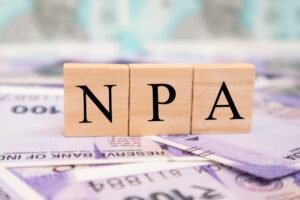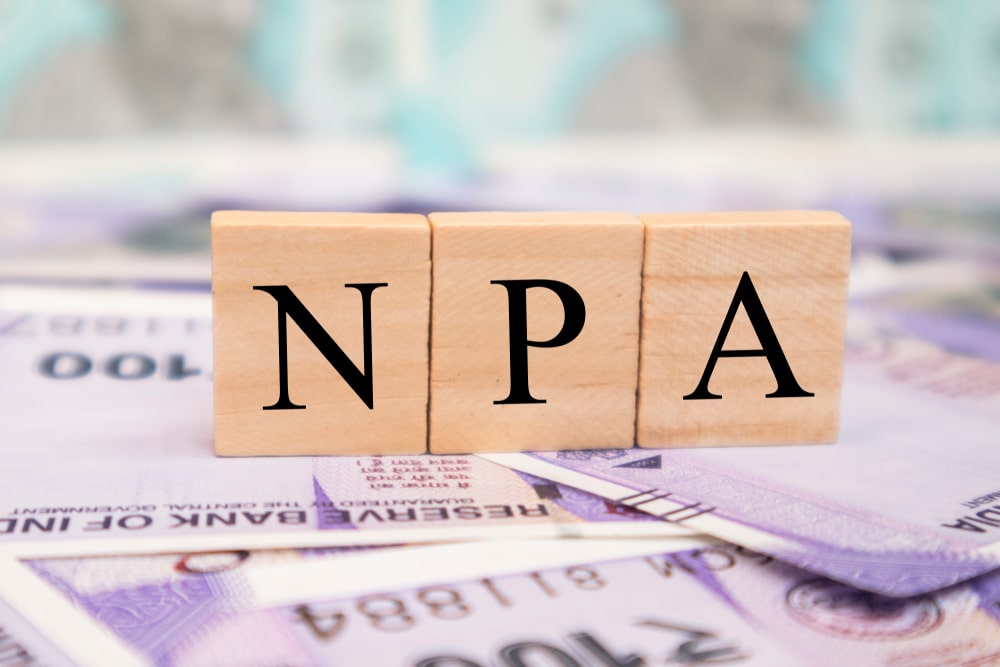NPA, which is popularly termed a non-performing Asset, is one kind of loan that is in default. In this kind of loan, the interest and principal amounts are late or have not been paid. Well, this is the most popular kind of loan in which people take more interest. In these kinds of loans, the lenders consider that the loan agreement is broken and the receiver is not able to pay back the amount at the right time. It is classified into various terms, which we will discuss in this article. If you also want to buy such kind of loans then read this article till the end.
What is a Non-performing asset?

A non-performing asset is the kind of loan where the interest payments are missed. If we talk about this in simpler words, if a customer is not able to pay the principal rate of interest, then it is considered as the NPA. Most of the people also called this a non-performing loan. There are some key terms of NPA that you should know, and here we listed as below:
- The NPA is recorded on the bank’s balance sheet when the borrower is not able to pay the interest rate after a certain period. The NPA is classified into various categories like doubtful assets, substandard assets, and many more depending upon the period and type of loan.
- NPA is considered to be a burden for the lender because the multiple NPA’s over time shows that the bank’s financial condition is not well.
- A loan is classified into the NPA when the borrower can’t be able to pay the amount. As a result, the asset is no longer generating income for the lender because the amount is not paid.
- In this case, the lenders have the option to recover from their losses by selling this loan at to the collection agencies which with huge discount.
- NPA’s are mostly detected by the RBI.
- When the loans are not repaid under a certain time period, then it affects the bank’s balance sheet, and that’s why it is asked to the borrowers to repay the loan at the right time.
Classification of NPA
The NPA are classified into different categories, and those are discussed below. The categorization is done by the bank as per the period in which the asset is considered as non-performing.
1. Standard Assets
It is one kind of performing asset that delivers continuous repayment and income until they become due. These assets carry lower risk as compare to others. These are not NPA, actually, and that’s why no such special provisions are required.
2. Sub-Standard Assets
These are the loans or advances that are considered a non-performing asset for 12 months that comes under the category of sub-standard assets. In other words, it is an asset that is considered as NPA for 12 months and less than that. This kind of asset is defined as a credit weakness, which is characterized by the possibility that the bank might sustain some loss.
3. Doubtful Assets
This asset is considered non-performing for a period of more than 12 months. A loan that is classified under this category has all the weakness inherent that are mentioned in the substandard category. It is categorized on the basis of the conditions and values of a loan.
4. Loss Assets
Assets which are not recovered by the lending institutions are considered as Loss Assets. This is the category where the loss is identified by the bank and the auditors. In other words, such kind of asset is considered uncollectible.
How Non-Performing Assets (NPA) Work?
The NPA is listed on the bank balance sheet and other financial institutions. When a borrower is not capable of repaying the amount of interest rate, then after a certain time, the lender will asked by the firm to give the documents of any assets. In case the borrower doesn’t have any asset, then they can share this to the bank and financial firms. In this case, the lender can sell this to the collection agencies.
If we talk about some cases, then a debt is differentiated as a Non-performing Asset when the loan payments are not made within 90 days. Well, the 90 days period is a standard period, and it can be elapsed as per the rules and depending upon the loan type. So, the institution can elapse time to a shorter and longer period. The certain loan can be considered as a nonperforming capital asset in the time of maturity.
For better understanding here we took an example, let a company has a loan of $15 million with an interest payment of $60,000on the monthly basis. But the borrower or the company can’t make the payment for a certain time period. A lender has all the power to differentiate the loan into NPA after comparing this with the regulatory terms.
Similarly, you can distinct a loan as nonperforming loan if the borrower complete his all the interest payments but facing issues to repay the amount of maturity. When the non-performing asset or non-performing loans are mentioned in any of the balance sheet then it affects the bank’s reputation. Sometimes lenders feel they are in financial burden. Because of this, lenders may go through the Cash flow, As a result a lender can face disruption in the budgets and it also affects their earnings.
Therefore, a provision of loan loss is developed for covering the losses of the firms. With the help of this provision, the lender can reduce the capital amount for the comfort of borrowers. The banks who have NPAs on their documents indicate that they are in risk.
Conclusion
The NPA plays an important role for both the borrower and the lender. You should be aware of performing and non-performing assets. If the asset is non-performing and the payments or interest are not made by the borrower, then it can affect their growth possibilities and hamper the chances to obtain future borrowing.
Post You May Also Like
